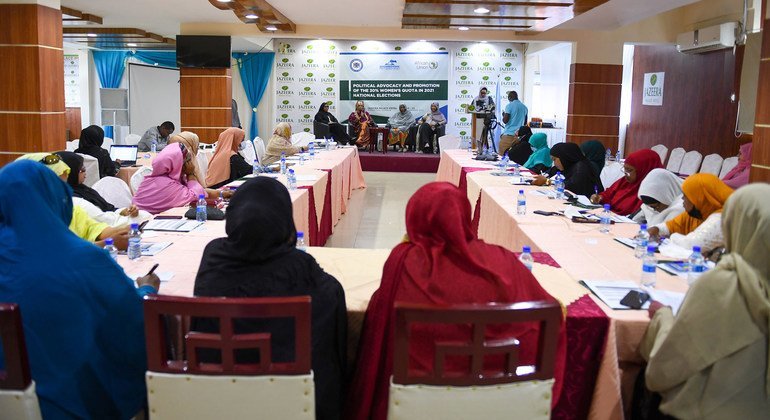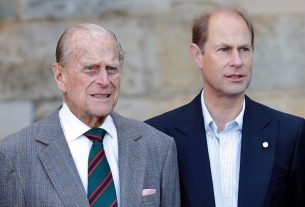In its latest annual report, the global body dedicated to promoting peace through parliamentary diplomacy and dialogue, also said that women’s participation has never been as diverse as it is in many countries today.
The findings are based on data from the 47 countries that held elections last year.
These polls saw women take an average of 25.8 per cent of the seats available, representing a 2.3 percentage point increase, since elections were last held.
Smallest increase
Despite this positive data, IPU noted that it is nonetheless the smallest increase in women’s participation in six years. The 0.4 per cent rise means that the global share of women in parliamentary office, stood at 26.5 per cent, as the New Year dawned.
The other bad news is that at this rate, it will take another 80 years to reach gender parity in parliament, said Martin Chungong, IPU Secretary General:
“Currently, one of the foremost obstacles, is the climate of sexism, harassment, violence against women that we are witnessing across the world”, he said.
“It is a phenomenon that is pervasive across the world and it is not endemic to any particular region. And we can estimate that this is having a toll on the participation of women in political life.”
Women premiers exit early
The IPU chief referred to the resignations of New Zealand and Scotland premiers Jacinda Ardern and Nicola Sturgeon, saying that it was widely held that they had stepped down after being harassed.
Mr. Chungong also pointed to other IPU data showing pervasive and increasing trend of harassment, sexism and violence against women, that deters them from participating in the political processes in their countries.
Lesia Vasylenko, President of the IPU Bureau of Women MPs, said that every woman elected, “brings parliaments one step closer to becoming more inclusive and representative and it’s great to see much more diversity”.
But overall, she added, “progress is far too slow with half the world’s population still vastly under-represented. There is an urgent need to change this, to strengthen democracy everywhere.”
The President of the IPU, Duarte Pacheco, called on male colleagues in every parliament worldwide, “to work with their female counterparts to move forward and accelerate the pace of change.”
Jacinda Ardern, Prime Minister of New Zealand, carries her daughter Neve between meetings on the third day of the General Assembly’s seventy-third general debate. 27 September 2018.
Some highlights
There were encouraging signs that progress is at least happening. Brazil saw a record 4,829 women who identify as Black, running for election, out of nearly 27,000 standing overall.
In the USA, a record 263 women of colour stood in the Congressional Midterms. And LGBTQI+ representation in Colombia, tripled, from two to six members of the Congress.
In France, 32 candidates from a minority background were elected to the new National Assembly, an all time high of 5.8 per cent of the total.
Leading the way
Six countries worldwide now have gender parity, thanks to New Zealand joining the club last year, which also includes, Cuba, Mexico, Nicaragua, Rwanda and the United Arab Emirates (UAE) – the top nations in the IPU rankings for women membership.
Rwanda holds the top spot, with women occupying just over 60 per cent of parliamentary seats in the lower house. Tellingly however, even there, women still only occupy 34.6 per cent of seats in the upper chamber.

Afghan parliament members attend a meeting on women in decision-making roles.


